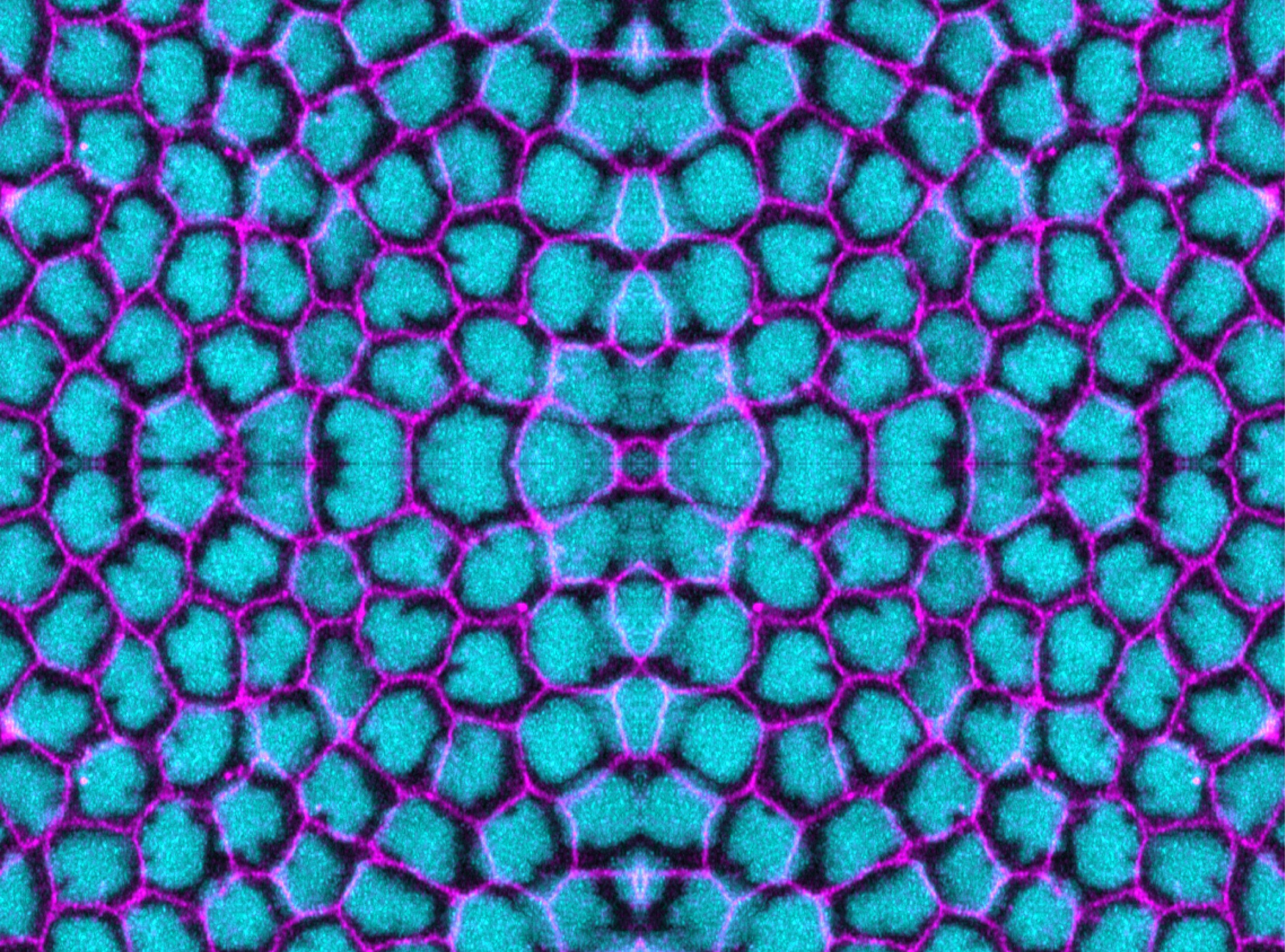Tissue morphogenesis is the change in shape of epithelia during embryo development and is key to giving form and function to the organs of an animal. Throughout this process, tissues can grow, shrink, thin, thicken, twist, fold, and extend, sculpting the embryo into a mature organism. Understanding how epithelial tissues reshape during development is fundamental to decipher how multicellular life forms emerge. While some transformations are simple, others involve multiple simultaneous shape changes, making them significantly more complex while yet being quite common during embryonic development. This type of complex process is named “composite morphogenesis.” Although there is a solid grasp of the mechanical forces and biochemical signals driving simple tissue transformations, the mechanisms enabling tissues to undergo multiple simultaneous shape changes remain largely unknown and unexplored.
The Rauzi Lab, led by the HFSP Fellowship Awardee Matteo Rauzi, at the University Côte d’Azur in France, investigates the mechanisms underlying the simultaneous folding and extension of tissues. This vital process drives gastrulation, neurulation, and tubulogenesis across the animal kingdom. To investigate this, the Rauzi team uses the embryo model systems of the fruit fly Drosophila melanogaster and the sea urchin Paracentrotus lividus embryo model systems.

Previous work from the Rauzi team shows that epithelial cells can undergo multiple simultaneous transformations by organizing the actomyosin cytoskeleton into distinct functional hubs. In a recent study, Nicolas Roby and Matteo Rauzi unveil the cellular mechanisms driving this modular cytoskeletal organization. The researchers demonstrate that the position of nuclei within epithelial cells acts as a regulator, dynamically controlling the distribution of actomyosin-activating factors at the cell cortex. By functioning as cellular compartmentalizers, nuclei help structure the cytoskeletal network in multiple functional hubs, ultimately controlling multiple and simultaneous tissue shape transformations.
This study is the first to highlight how nuclear positioning within epithelial cells plays a pivotal role in tissue remodeling. These findings pave the way for a deeper understanding of the fundamental principles underlying complex morphogenetic processes, offering key insights for future applications, such as the synthetic engineering of functional living organs.


































